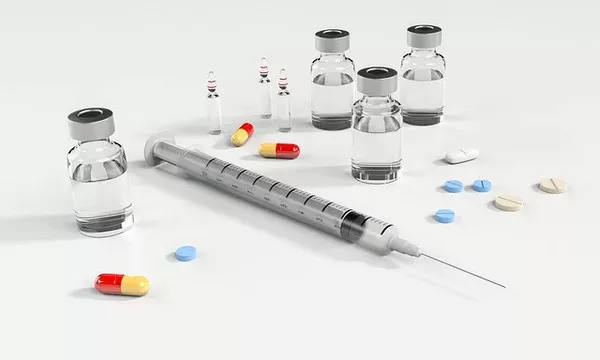A recent study has unveiled key clinical factors linked to non-diabetic kidney disease (non-DKD) among individuals with diabetes, offering guidance on when to consider kidney biopsy for comprehensive diagnosis. The research, derived from the Cleveland Clinic Kidney Biopsy Epidemiology Project (CCKBEP), highlights that in a cohort of over 1,000 diabetic patients, 63% exhibited conditions beyond diabetic kidney disease (DKD) on biopsy. Notable factors associated with non-DKD included the absence of retinopathy, lower hemoglobin A1c levels, a well-preserved estimated glomerular filtration rate (eGFR), microalbuminuria, and a lower urine protein-creatinine ratio (UPCR).
DKD, a severe complication affecting roughly one-third of people with diabetes in the U.S., is a leading cause of kidney failure. Despite its prevalence, DKD cases are frequently diagnosed without kidney biopsy confirmation, underscoring the need for improved understanding of when biopsy is necessary to identify other possible kidney conditions. “Clinical judgment remains crucial, but it is vital for clinicians to understand which factors warrant a kidney biopsy in diabetic patients,” said Dr. Shane Bobart from Houston Methodist Hospital. “While factors like rapidly declining kidney function or unusual clinical presentations typically prompt biopsy, there is a lack of data-based guidelines grounded in validated models.”
The study, part of a retrospective cohort analysis, utilized data from the CCKBEP—a comprehensive database of kidney biopsy results and clinical information at the Cleveland Clinic from January 2015 to September 2021. Among the 4,125 patients who underwent native kidney biopsies, 3,500 had available ICD-10 codes indicating diabetes. Of these, 36.4% had DKD alone, 53.2% had non-DKD alone, and 8.3% had both DKD and non-DKD.
Key findings revealed that patients with non-DKD typically had no retinopathy (adjusted odds ratio [aOR] 3.98), lower hemoglobin A1c levels (aOR 3.08), better eGFR (aOR 2.39), microalbuminuria (aOR 2.94), and lower UPCR (aOR 1.80). The most common non-DKD diagnoses included focal segmental glomerulosclerosis, global glomerulosclerosis, acute tubular necrosis, IgA nephropathy, antineutrophil cytoplasmic antibody vasculitis, and membranous nephropathy.
The researchers noted several limitations, such as the retrospective nature of the study and potential data and selection biases. “Our findings provide critical insights into clinical parameters associated with non-DKD in diabetes, offering valuable guidance for when kidney biopsy should be considered to fully understand the etiology of kidney dysfunction and proteinuria,” the study concludes.
Related topics:
Intensive Diabetes Treatment Shown to Alleviate Gum Disease
New Rice Variety May Help Combat Rising Diabetes Rates, Say Filipino Scientists

























